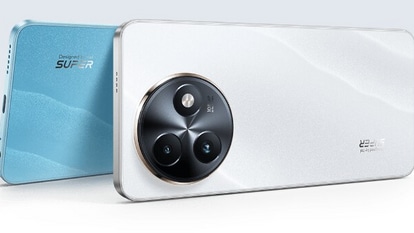Researchers concerned at proliferation of commercial satellites in Earth’s low orbit- Check survey
Scientists and researchers are concerned about the proliferation of tens of thousands of commercial satellites in Earth’s low orbit. A large number of satellites in the future could interfere with work to discover near-Earth or Earthbound asteroids and comets. Here is what the survey shows.
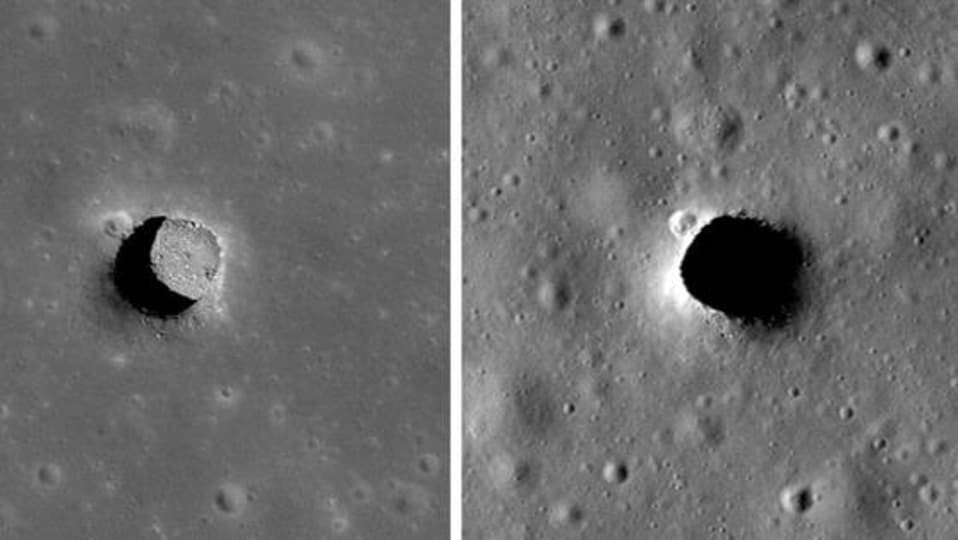
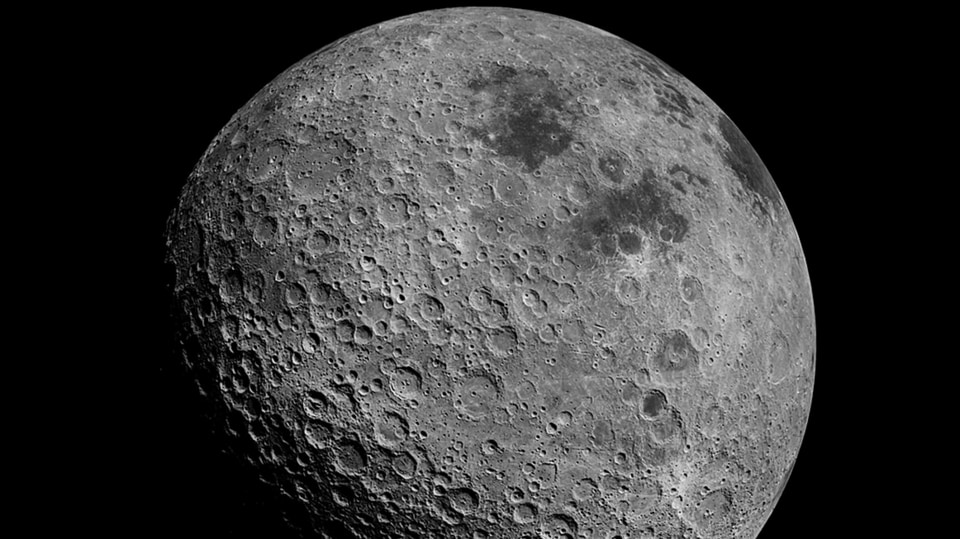
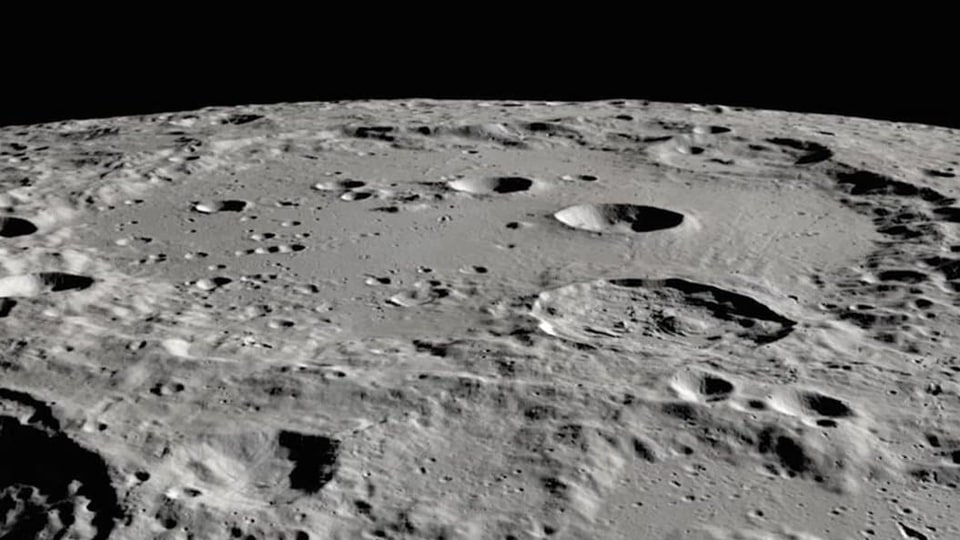
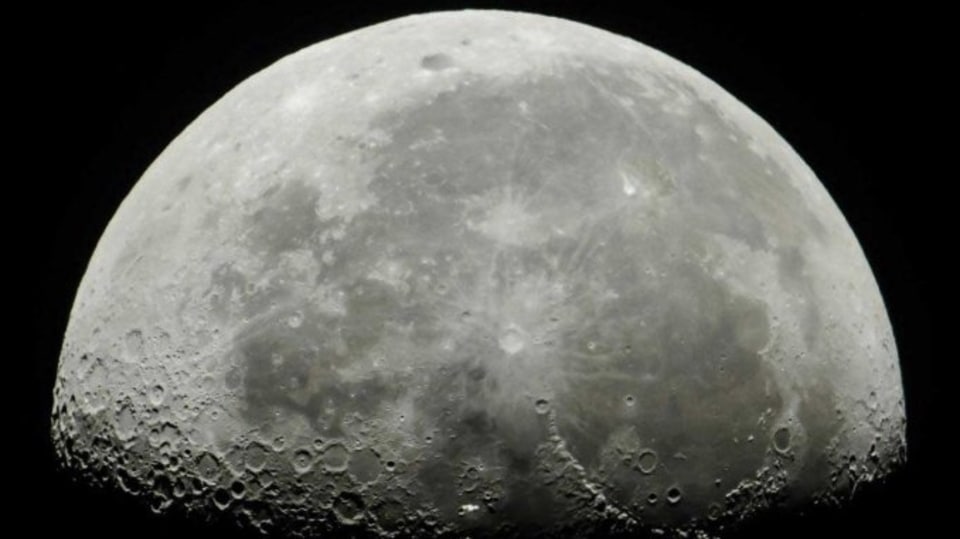
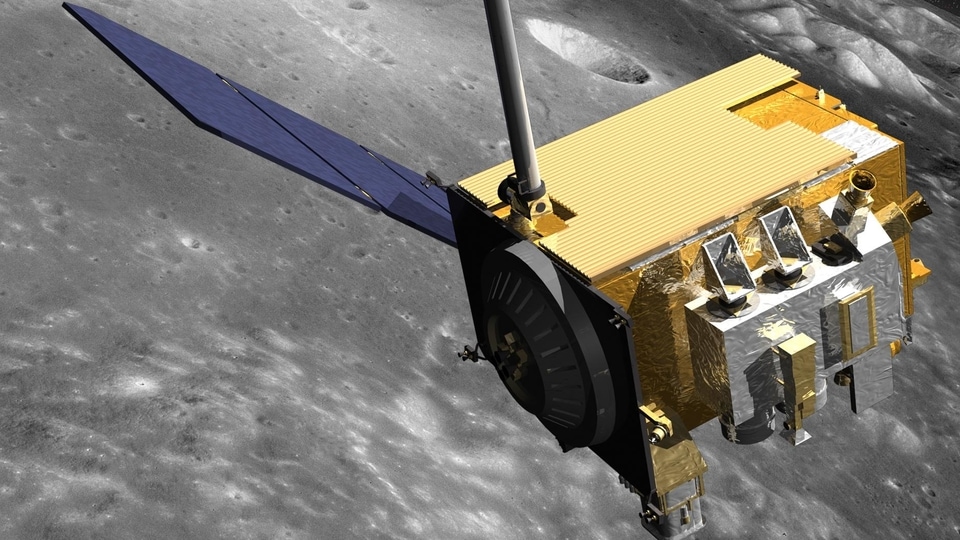

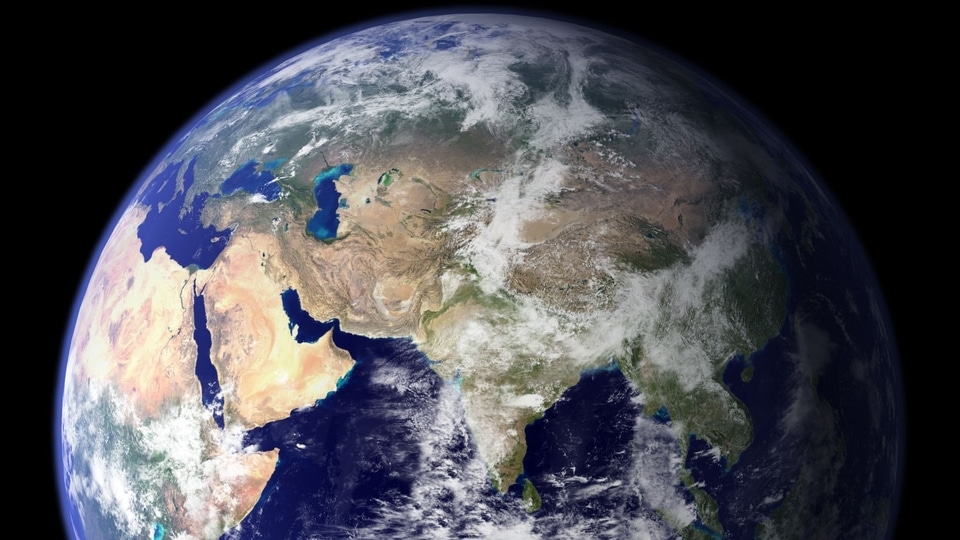
 View all Images
View all ImagesSpace is full of objects including planets, asteroids, meteors. As earth has a gravitational force it even attracts or pulls objects that are nearby hence leading to asteroids, meteors, among others entering the planet's atmosphere. However, what can be noted here is that not every object heading towards Earth is able to hit its surface, however, they can still be dangerous. Therefore, research organisations keep an eye on the objects that are in space and can pass by or even strike Earth to avoid any kind of collision. But, with the increasing number of satellites in low Earth orbit (LEO), scientists and researchers have voiced their concerns about planetary defense.
According to a Apollo Academic Surveys conducted in collaboration with Carrie Nugent at Olin College of Engineering researchers in the planetary defense community were asked for their opinions on three key topics: discovery of asteroids and comets that could hit the Earth, the possibility of deflecting those asteroids and comets, and the newly developing risks from large numbers of commercial satellites.
While according to the report, 74 percent of respondents were, at the least, moderately concerned about the proliferation of tens of thousands of commercial satellites in Earth's low orbit, with 42% saying they were “seriously concerned” or “extremely concerned”. A large number of satellites in the future could interfere with work to discover near-Earth or Earthbound asteroids and comets.
The survey got response from 34 researchers, where they believe that the top area for improvement in the planetary defense community is its ability to discover large Earthbound asteroids and comets, with 100 percent of respondents rating discovery over other priorities.
"Experts thought that given five years of warning we had a 41% chance of stopping a medium asteroid – about the size of a cruise ship – but only a 17% chance of stopping a larger asteroid – more than half a mile long. Our chance of stopping a comet was deemed lower than our chances of stopping an asteroid. However, experts stressed that the likelihood of such a large object hitting Earth was very low, happening only once every 550,000 years," the report said.
Catch all the Latest Tech News, Mobile News, Laptop News, Gaming news, Wearables News , How To News, also keep up with us on Whatsapp channel,Twitter, Facebook, Google News, and Instagram. For our latest videos, subscribe to our YouTube channel.





























